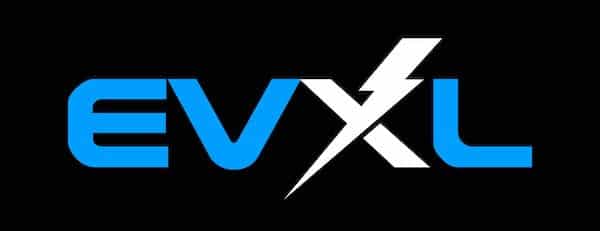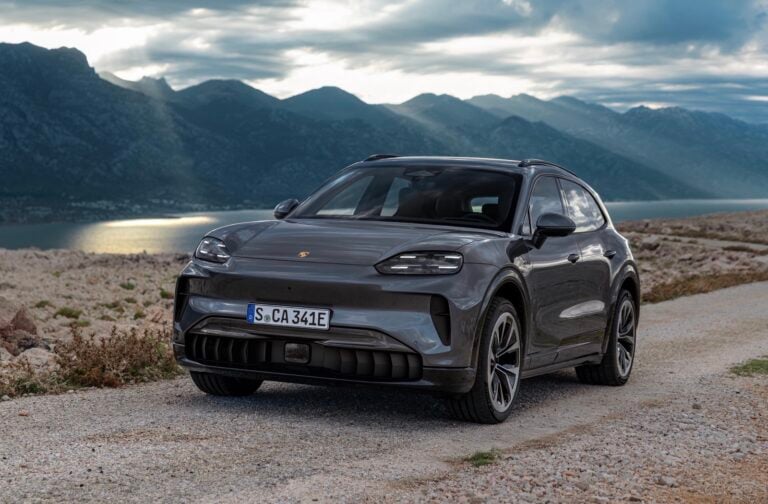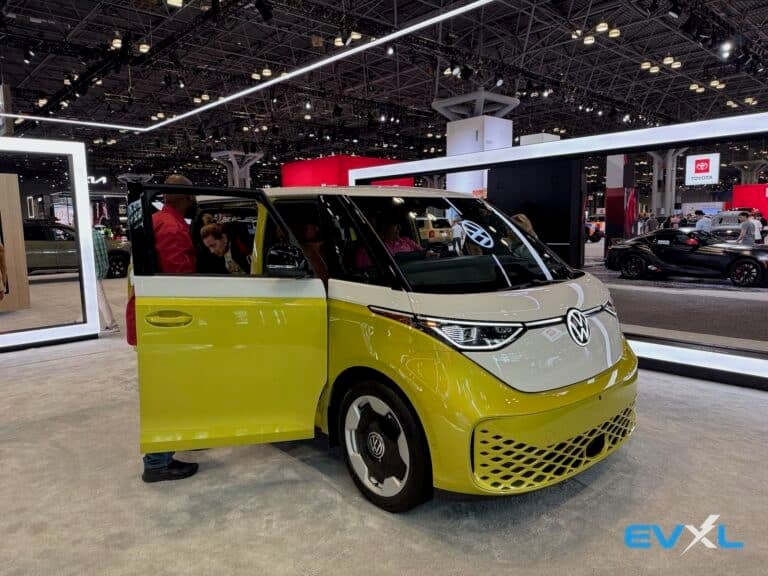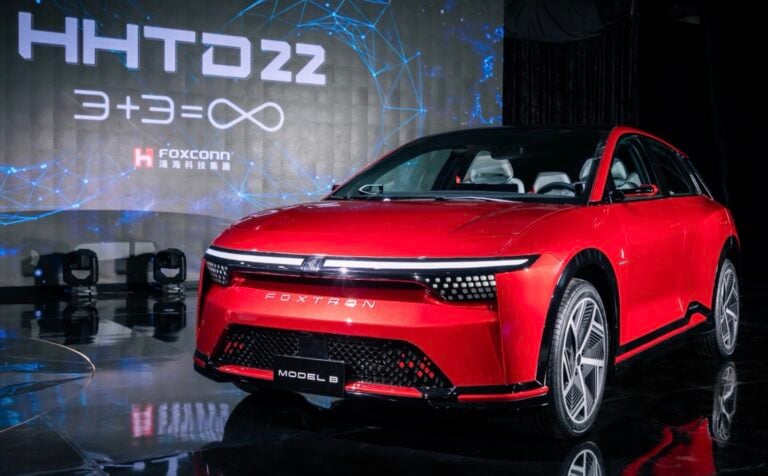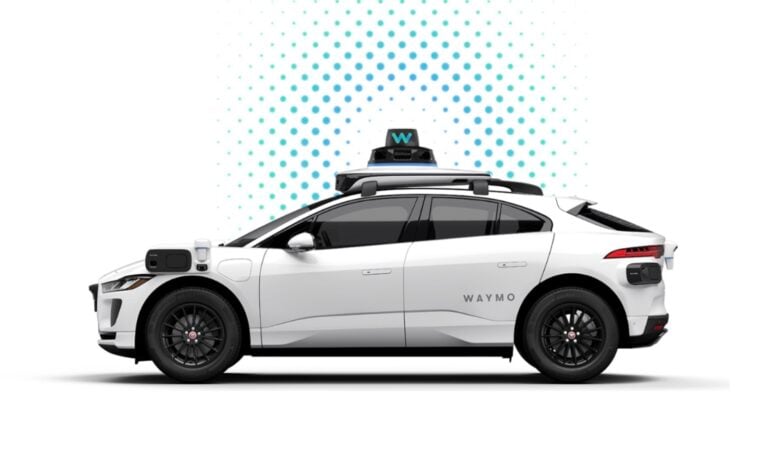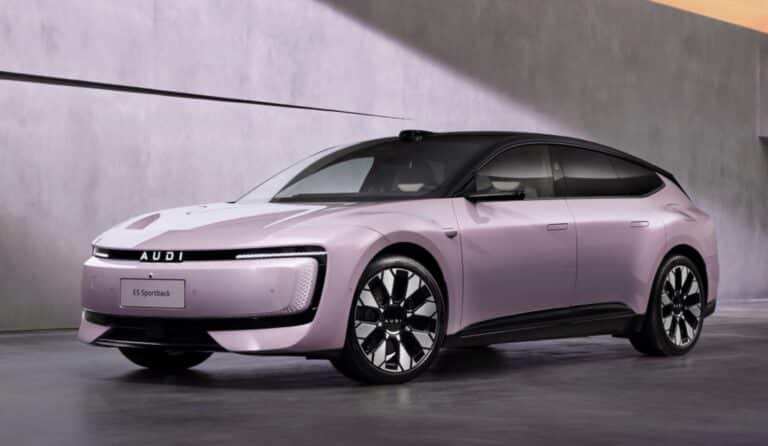California is preparing to revive its own electric vehicle (EV) subsidies after the Trump administration dismantled federal support, eliminating tax credits and rolling back zero-emission mandates. State officials this week submitted a report to Gov. Gavin Newsom detailing strategies to sustain EV adoption in the absence of federal backing, as reported by the Los Angeles Times.
California Rebates Aim to Replace Federal EV Tax Credits
President Trump’s “One Big Beautiful Bill,” signed in July, eliminated federal EV rebates of up to $7,500 effective Sept. 30. Without these incentives, California has already seen a drop in electric vehicle sales. Out of the nearly 900,000 new cars sold in the state by mid-2025, only 22.3% were EVs or plug-in hybrids, compared to more than 25% last year. Tesla, for example, registered just 76,000 cars statewide so far this year — well off its pace of around 200,000 in 2024.
California had previously run its own Clean Vehicle Rebate Program, which ended in 2023 after providing $1.49 billion to support over 594,000 EVs, hydrogen cars, and plug-in hybrids. That initiative also averted an estimated 456 million gallons of fuel consumption. According to the new report, restoring state-level rebates is the most effective short-term solution to offset federal rollbacks.
Funding Could Come from California’s Cap-and-Trade Revenues
Daniel Villasenor, a spokesperson for Gov. Newsom, said the state’s $4 billion annual cap-and-trade program is a likely source of new EV subsidies. These funds could support both consumer rebates and infrastructure upgrades. State officials also recommended financial inducements such as discounted toll lane access and continuation of carpool privileges for EV drivers, benefits currently set to expire September 30 without federal authorization.
In addition, the California Public Utilities Commission has been tasked with exploring ways to reduce charging costs, as rising electricity prices have eroded the financial appeal of EV ownership. Report authors stressed the need to expand and maintain the state’s charging network, which continues to struggle with reliability issues like broken charge ports and long wait times.
State Fleets and Advanced Clean Cars III Regulation
The report emphasized that California should lead by example. With a fleet of more than 35,000 vehicles, the state intends to transition its own purchases entirely to zero-emission models.
Meanwhile, legal battles are underway over the federal government’s preemption of California’s Advanced Clean Cars II regulation, which originally banned new gas-only car sales by 2035. California Attorney General Rob Bonta has already filed suit to challenge Trump’s rollback. In parallel, the governor has directed the Air Resources Board to begin drafting an updated Advanced Clean Cars III standard, though details remain forthcoming.
EVXL’s Take
California finds itself in an uphill battle to sustain EV adoption without federal tax credits, a shift that poses both environmental and economic risks. Tesla’s steep sales decline underscores how critical incentives remain, especially as rivals like China and Europe push aggressively forward on zero-emission mandates.
The question for EV advocates is whether Sacramento’s cap-and-trade revenues and state-level policies will be robust enough to keep growth on track. Can California replace federal subsidies at scale, while also fixing its charging infrastructure? And what happens if Advanced Clean Cars III is delayed or watered down by legal challenges?
With federal support receding, California’s moves could determine whether the U.S. EV transition stalls or adapts. What do you think — can state-led initiatives fill the gap, or is national policy indispensable? Share your perspective in the comments below.
Découvrez plus de EVXL.co
Subscribe to get the latest posts sent to your email.
